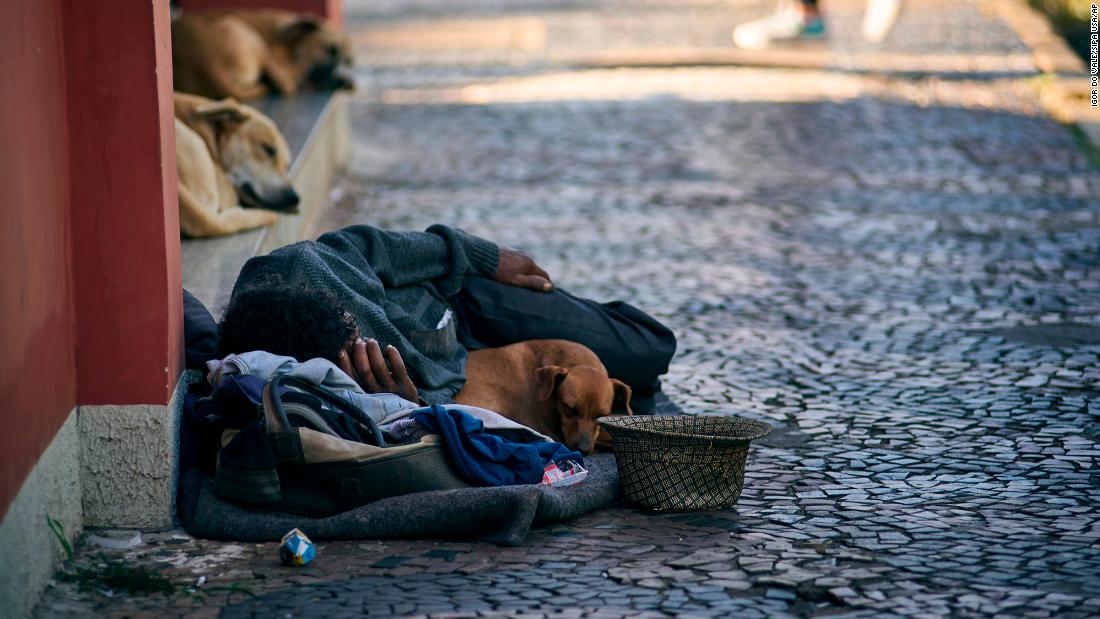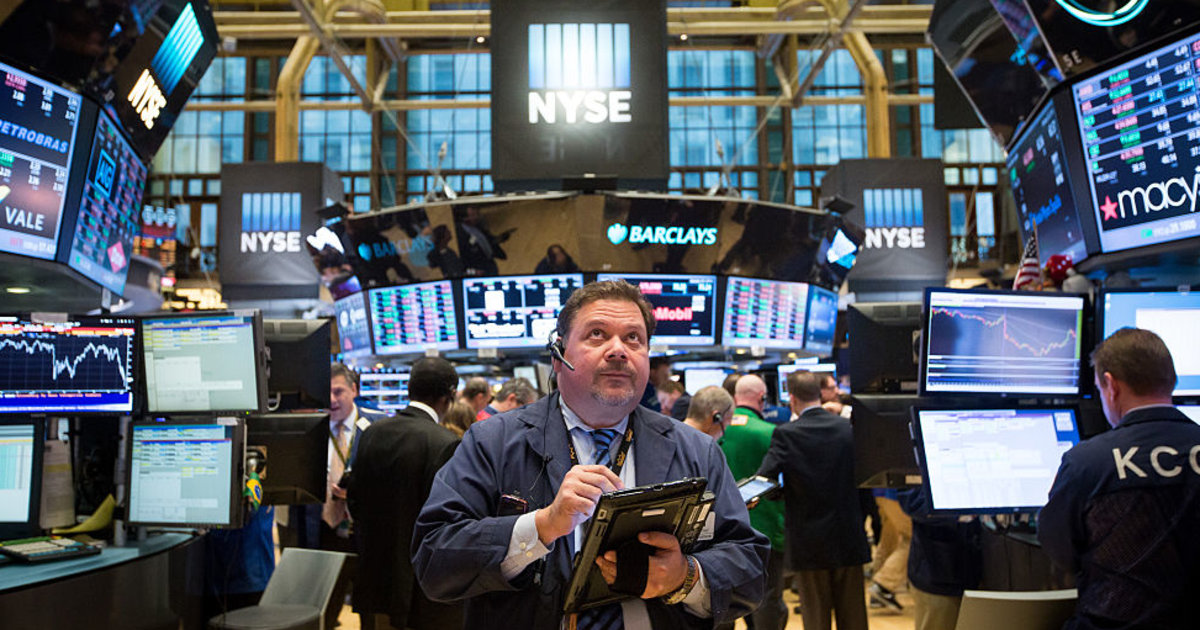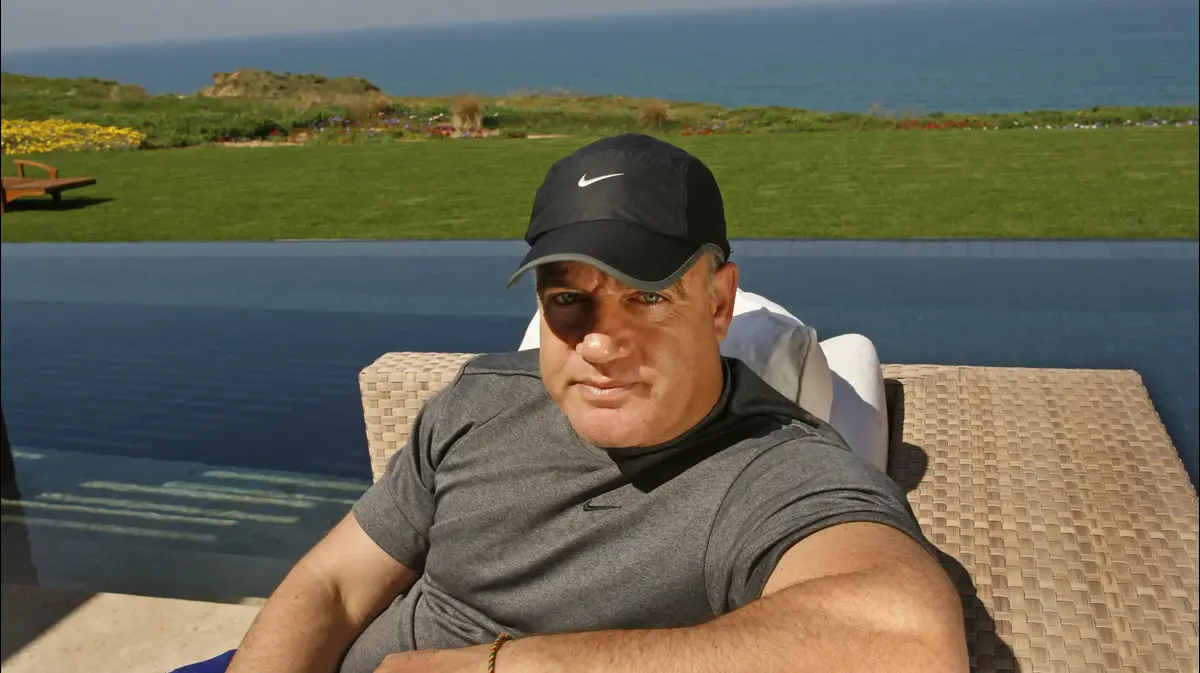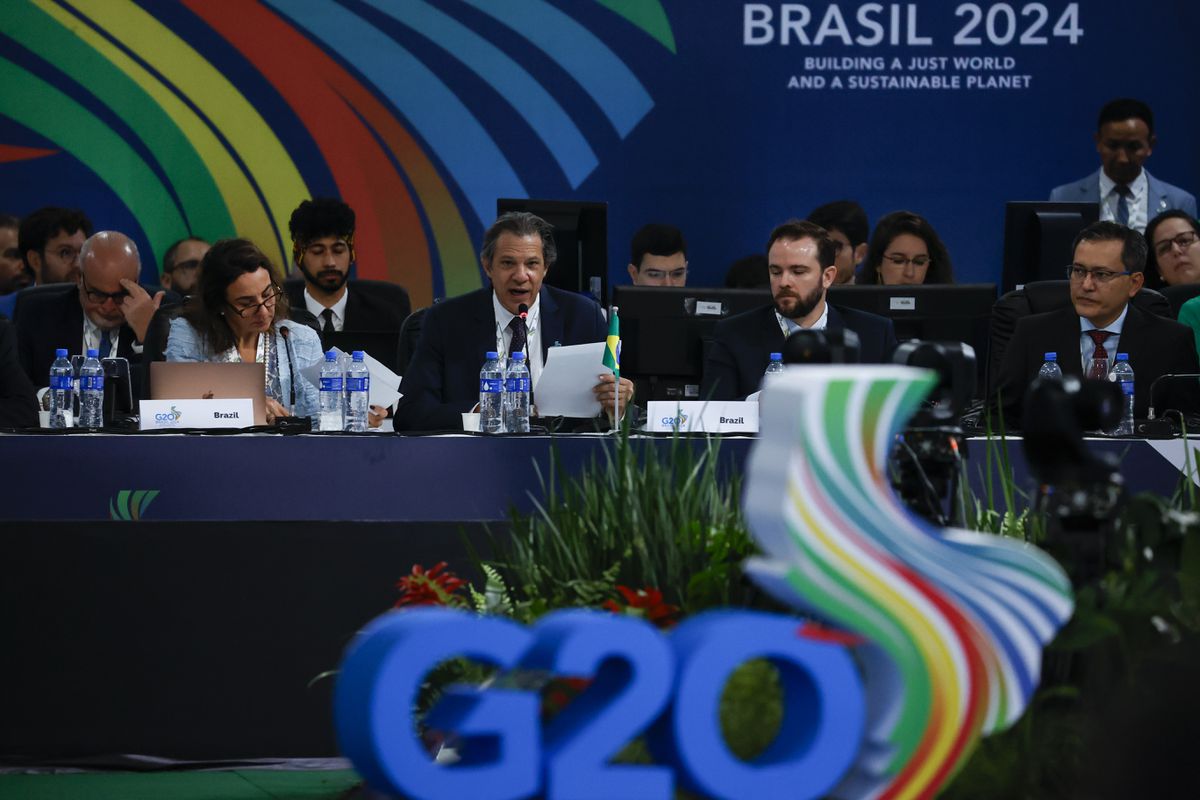How important is reducing economic inequality in the world?
3:05
New York (CNN Business) -
The coronavirus pandemic has exacerbated the huge financial inequality between rich and poor around the world, according to a new report.
Last year, billionaires around the world saw their share of wealth increase the most since the World Inequality Lab began keeping records in 1995, according to the research group's analysis released Tuesday.
His net worth grew by more than $ 3.6 trillion in 2020 alone, bringing his share of global household wealth to 3.5%.
At the same time, the pandemic pushed some 100 million people into extreme poverty, bringing the world total to 711 million in 2021, according to a World Bank estimate cited in the analysis.
Even more people would have fallen into poverty if many developed nations had not established relief initiatives to protect their residents from the financial consequences of the COVID-19 pandemic.
"The COVID crisis has exacerbated inequalities between the wealthiest and the rest of the population," said Lucas Chancel, lead author of the report and co-director of the laboratory.
"However, in rich countries, government intervention prevented a massive increase in poverty, which did not happen in poor countries."
From the UCA they point out that "the pandemic and inflation" influenced the poverty index
The World Inequality Lab Report on World Inequality is based on more than four years of work by more than 100 researchers from around the world.
Veteran inequality experts Emmanuel Saez and Gabriel Zucman, both of the University of California, Berkeley, and Thomas Piketty of the Paris School of Economics, coordinated the report with Chancel.
Although COVID-19 has deepened the gap between rich and poor, the world has long been unequal.
According to the report, financial deregulation, privatization and less progressive taxation in richer countries and large-scale privatization in emerging economies have contributed to the wealth of the rich in recent decades.
Global inequality is approaching that which existed at the peak of Western imperialism in the early 20th century, the report notes.
advertising
"The work we've done shows that, in fact, these claims or this idea of the wealth-filtering economy from the highest to the lowest social strata do not pass the scrutiny of the data," Chancel said. "The main lesson from the last 40 years of data is that the top tax rate cuts have not triggered prosperity for all, as they were supposed to."
The report recommends taxing the rich to generate revenue that governments can use to reduce inequality and invest in education, health and green measures.
In the United States, some Democrats recently proposed a plan to tax billionaires to pay for their proposed social safety net expansion, but the effort quickly faded.
The pandemic and other factors leave 3.8 million more Mexicans in poverty
Here are five other findings from the report:
The differences in wealth and income globally are huge
The richest 10% of the world's population controls 76% of the world's total wealth in 2021, according to the analysis.
In contrast, the poorest 50% only own 2%.
The average 40%, meanwhile, have 22%.
When it comes to revenue, the top 10% account for 52% of global revenue, while the bottom 50% earn only 8%.
The average 40% earn 39%.
The rich are getting richer
According to the report, the richest 1% accounted for 38% of the world's wealth growth between 1995 and 2021, while the poorest 50% only got 2%.
The fortunes of the rich grew at a much faster rate: between 3% and 9% per year during that period.
But the poorest half saw their wealth grow only between 3% and 4% annually.
And since they have very little wealth, the total amount did not increase much.
Elon Musk's 2% of Wealth Could Solve World Hunger, Says Director of UN Food Shortage Program
The wealth gap varies greatly by region
Latin America has the largest gap between the top 10%, who control 77% of wealth, and the bottom 50%, who own a meager 1%.
Instead, Europe has the smallest gap.
The top 10% own 58% of the total wealth, compared to the bottom 4% of the 50%.
The large number of public programs available to low-income and middle-class residents, including free education, healthcare and culture, are some of the reasons why Europe is a less unequal society, Chancel said.
"Europe, with its generous system of access to public services, has so far been able to contain the increase in inequalities, while the United States has not been able to do so much in recent decades," he said.
The global income gap has narrowed a bit, but is still high
The global income gap, which takes into account earnings such as wages, salaries, interest and dividends, has narrowed somewhat since 1980, as China and other large developing countries catch up with North America and Europe.
"Median incomes have grown faster in China, in India, in Brazil, in the emerging world, than in Europe and in the US," Chancel said.
"Due to this effect, there is a reduction in global inequalities between those who live in China and those who live in other parts of the world."
Should millionaires give more taxes?
Expert says no 2:29
The median income of the richest 10% in the world was 38 times that of the poorest 50% in 2020, compared to 53 times in 1980. However, the current level is comparable to the income difference in 1910, when income The average of the world's top 10% was 41 times higher.
But even with rising median incomes in emerging nations like China and India, inequality within these countries has increased.
"This has slowed progress in terms of reducing global inequalities," he said.
"And this has also slowed progress in terms of poverty reduction."
The study adjusts countries' incomes to account for differences in the cost of goods and services, a practice known as purchasing power parity.
While much of the report's data focuses on income inequality before taxes and government benefit transfers, the researchers also examined the impact of these factors on the gap.
They found that, although taxes and transfers modestly reduce inequality, the gap remains "extremely high" in regions that were already highly unequal.
Women's earnings remain lower than men's
The analysis provides the first estimates of global wage inequality by gender.
The participation of women in total income from work stands at slightly less than 35% for the period 2015-2020.
Economic vulnerability due to covid-19 grows in Central America, especially among women, according to Incae report
But the figure varies greatly by country, from less than 10% to 45%.
The highest proportion is in the countries of the former Soviet Union and the lowest in parts of sub-Saharan Africa and the Middle East.
At the current rate of growth, it will take more than a century for women's incomes to reach parity with men's, according to the report.
Wealth gap Inequality



/cloudfront-eu-central-1.images.arcpublishing.com/prisa/O645Q5IDLJHDPB6BJQCWLA23HY.jpg)





